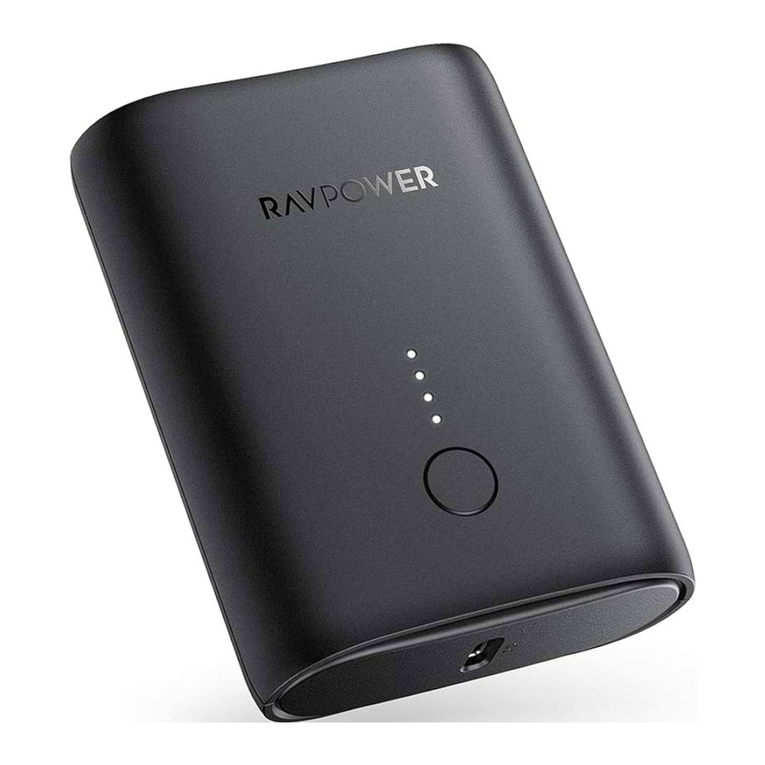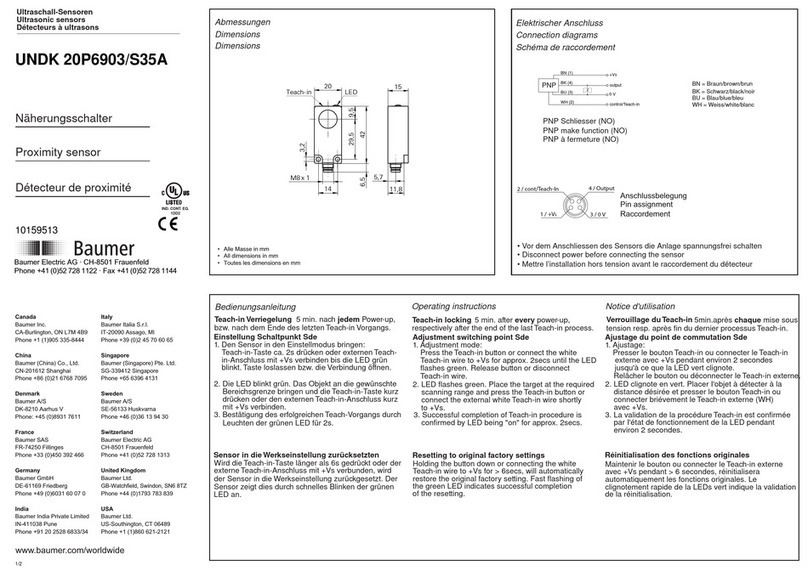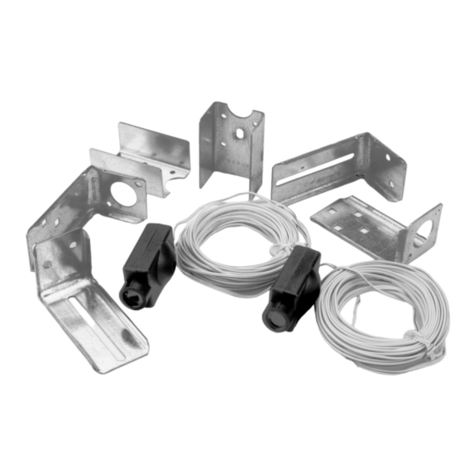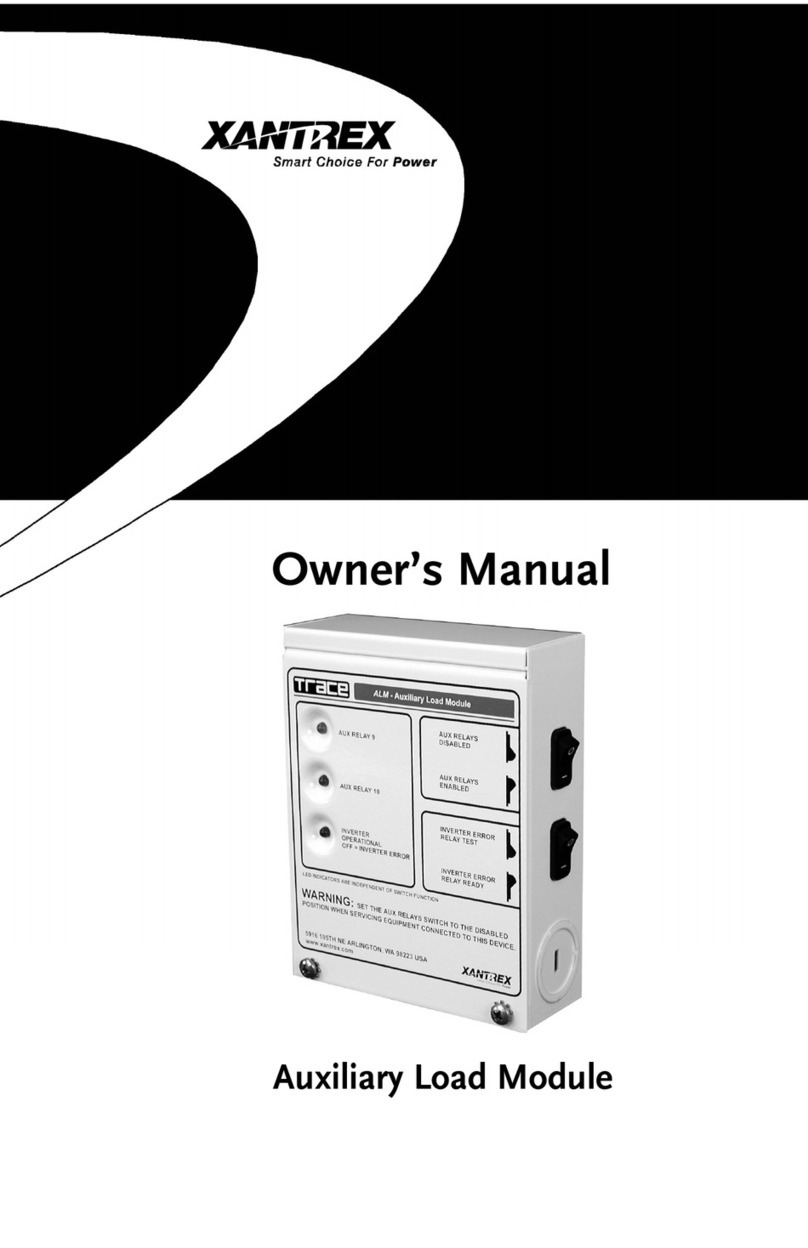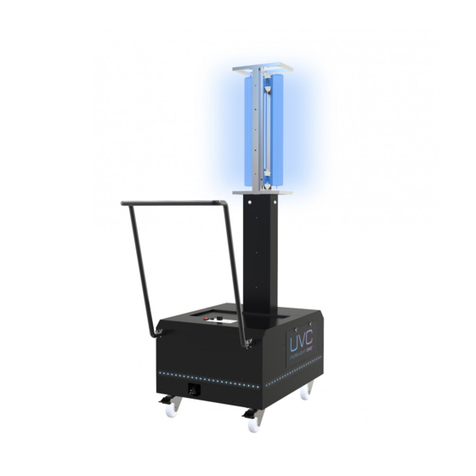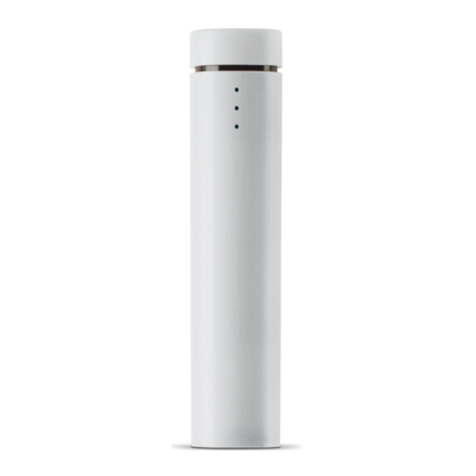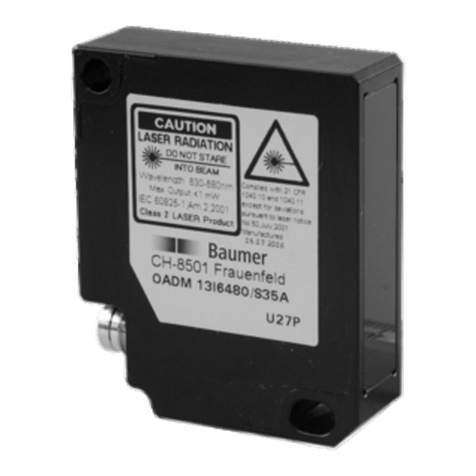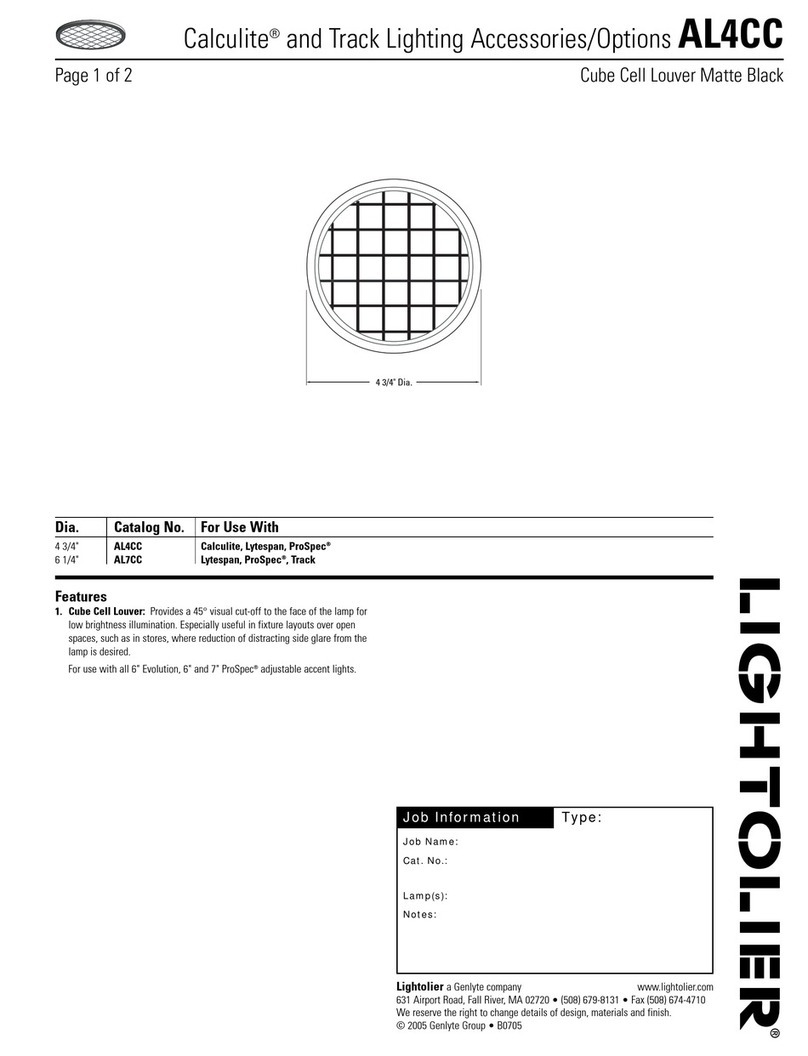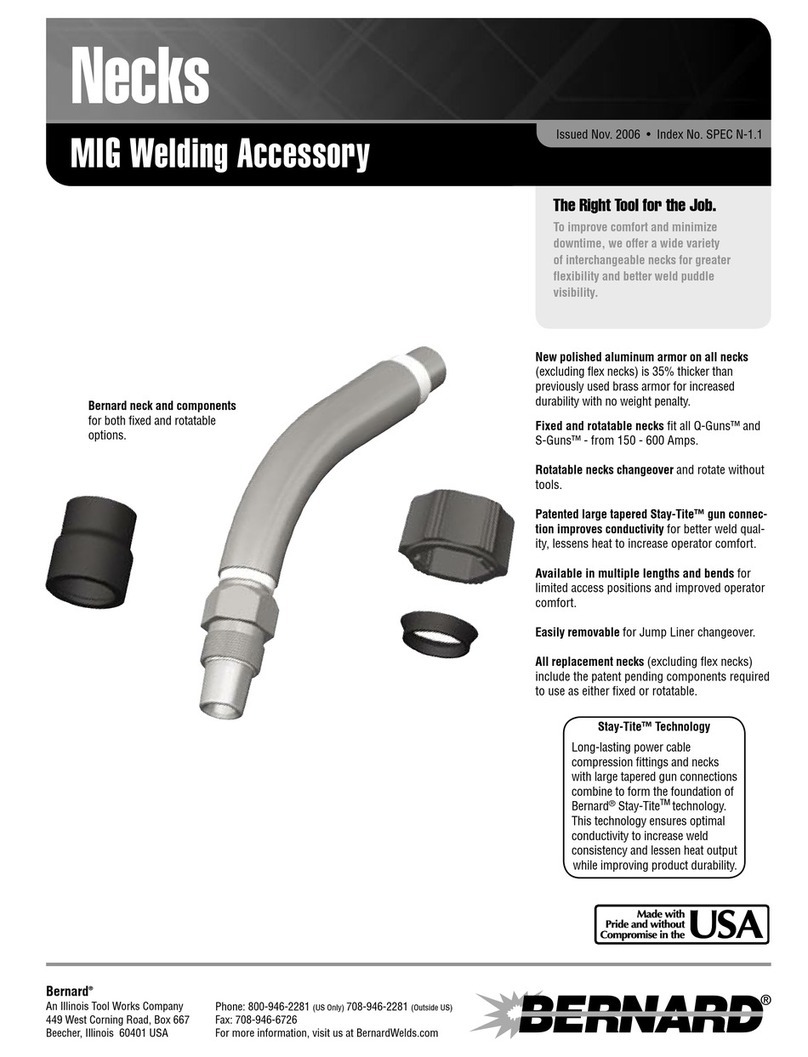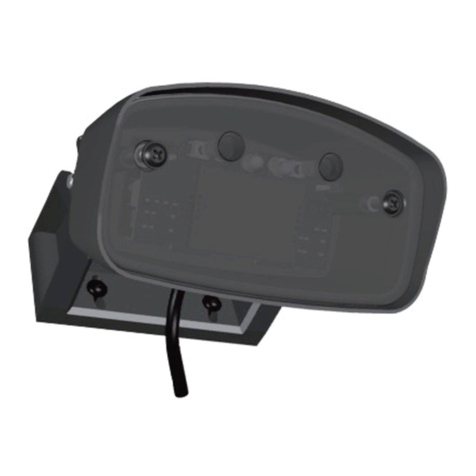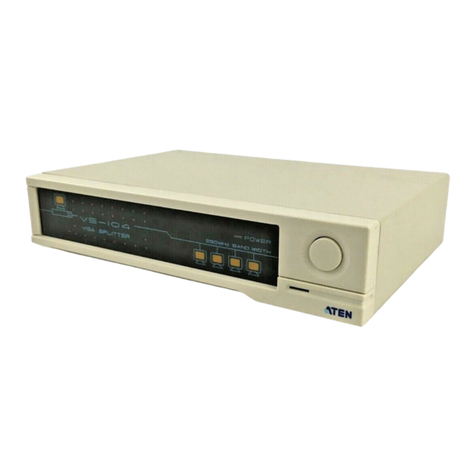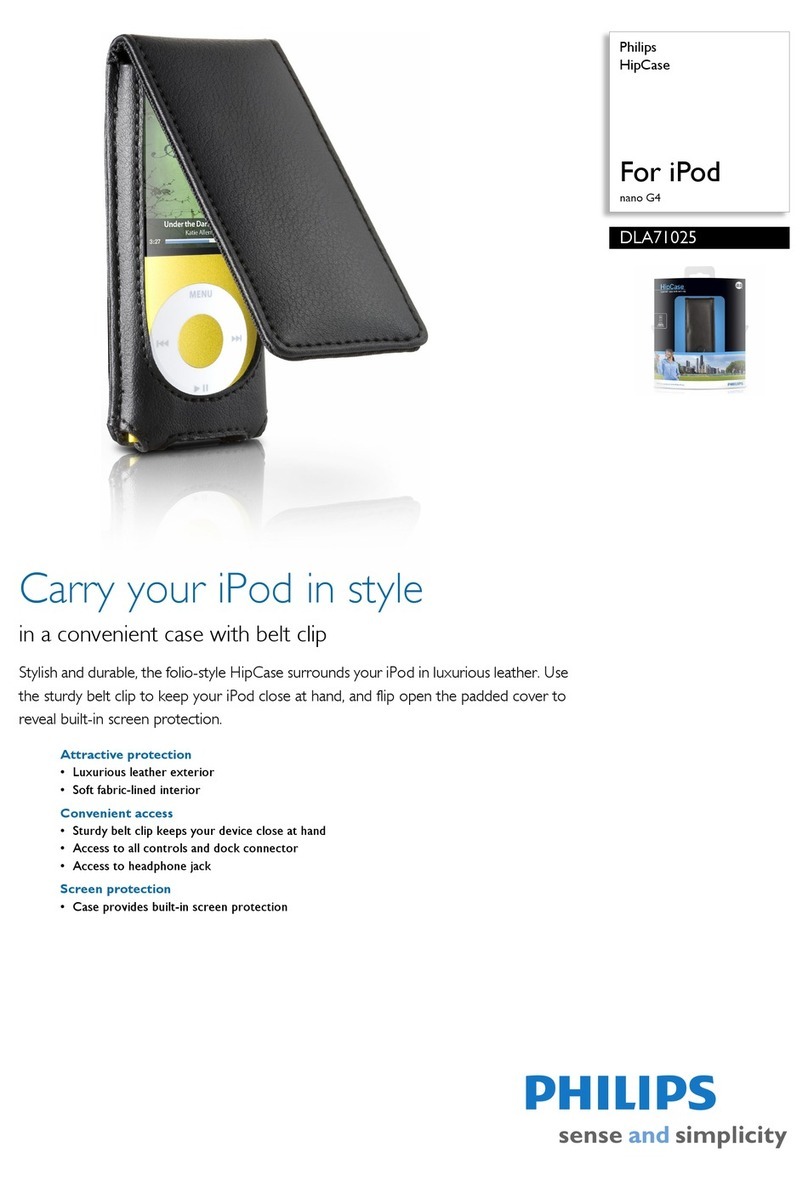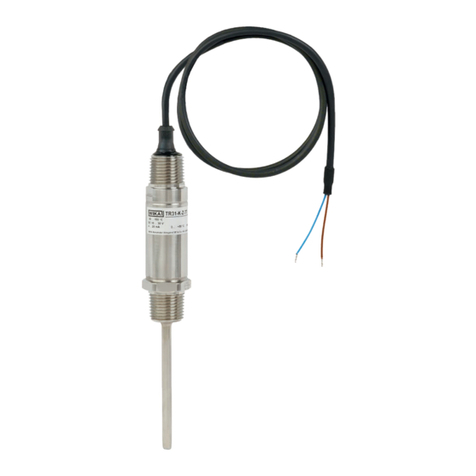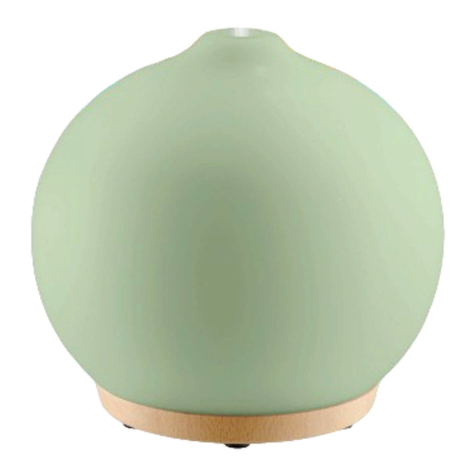Digatron DT-30SN SERIES User manual

DT-30SN SERIES SENSOR INSTALLATION INSTRUCTIONS
These instructions cover all the sensors that can be used with Digatron instruments. Some may not pertain to your particular model.
Do not operate your instrument unless all the sensors are connected. Inputs that are left open can cause erratic display readings
and possible instrument damage. Unused instrument inputs must be terminated at the back of the instrument with a shorting plug
available from Digatron.
POWER HARNESS
SN-LCHBN: Your instrument receives it’s power and tach
signal from the lighting coil. Install the harness in the following
manner.
Splice the red lead of the lighting coil harness directly into the
lighting coil wire before the regulator using one of the “set
screw” wire connectors provided. Connect the other lead of the
lighting coil harness directly to the engine block.
Route the connector end of the harness to the instrument and
plug it into the pigtail with the black boot. Twist the connector
¼ turn to lock it in place.
NOTE: Do not use the large white pigtail with the gray boot, it
is an EGT input.
REMOTE STORE
SA-CBN: The remote store switch should be mounted to the
handle bars within thumbs reach of the driver. This switch
requires a 15/32 "mounting hole for installation. You will need
to fabricate a mounting bracket for the switch. Mount the
bracket to the handle bar in a position that will provide easy
access to the switch while driving.
Tie the coil cord to the steering column where needed to
prevent it from interfering with the driver.
Connect the cord to the pigtail with the white boot on the back
of the instrument. Twist the connector ¼ turn to lock it in place.
CABLE ROUTING NOTES
This section applies to the sensors that run from the engine
compartment to the instrument. These sensors should always
be routed as far away as possible from the ignition system
components (plug wires, spark plugs, ignition coils, distributor
or magneto). Sensor cables too close to these components may
pick up radiated electrical interference and cause erratic
instrument readings and operation. A distance of at least 6 "
from these components is desirable in all installations.
When routing sensor cables through any panels, be sure to
use a rubber grommet to keep the cables from being cut by a
sharp edge.
If you experience erratic readings after installing your
instrument, it is usually helpful to separate individual sensor
cables as much as possible. In particular if your sensor cables
are too long, coil the excess cable of each sensor separately.
EGT SENSOR
EXT-172RBN: Install the sensor clamp assembly on the
exhaust header. Position the clamp so that the sensor will be in
the center of the header and approximately 2 "from the head
side of the exhaust flange.
Using the fitting on the clamp assembly as a drill bushing, drill
a 3/16"hole through the header. Remove the clamp assembly
from the header and redrill the hole to 13/64 ". Reinstall the
clamp assembly aligning it with the hole just drilled.
Insert the EXT-172RBN sensor into the fitting so that the tip of
the sensor extends ¼ "past the center of the header. Tighten
the compression nut to lock it in place. Connect the black wire
to any clean, unpainted metal surface on the engine (it is
important that this is a good electrical connection).
Route the sensor cable from the motor to the instrument.
Secure the cable with cable ties to prevent excessive
movement. The thermocouple cable is brittle and will break at
the flex points if not properly tied down. It is also a good
practice to protect the cable with a short piece of fuel line at
any point that it may rub against a hard surface.
All EGT sensors use a gray boot on their connectors. If you
have more than one EGT sensor, you might want to use a
permanent marking pen on the boot to identify individual
sensors. Connect the sensors to the pigtails with the gray
boots and twist the connector ¼ turn to lock.
WATER TEMP. SENSORS
WT-***BN: Water temperature should be taken from a point
well below the water level in the block, or from a fitting
provided for this purpose in the head (do not use the radiator).
The compression fitting provided with the sensor is an 1/8 "
NPT. You may need to use a reducing bushing in some
applications to adapt the compression fitting to an available
water temperature port. When installing the sensor, be sure
that at least 1 "of the probe is in the water.
Route the sensor cable to the instrument and attach the cable
to the red boot. Twist the connector ¼ turn to lock.
CHT SENSOR
SS-102: Only air cooled engines use this sensor.
Remove the spark plug from the cylinder you wish to monitor
and discard the plug washer.

Check the surface of the head around the spark plug hole for a
smooth, flat finish to assure a good seal when the sensor is
installed.
Position the sensor over the spark plug hole and check to be
sure you have sufficient clearance around the outside of the
sensor body to avoid damage when the plug is installed and
tightened. This may require some minor machining on some
installations.
Install the spark plug finger tight to hold the sensor in position.
Finish tightening with a plug wrench to the same torque as
normally recommended. Do not allow the sensor to turn as you
tighten the plug.The sensor is easily damaged if forced into a
cooling fin.
Route the sensor cable from the motor to the RF style
connector on the back of your instrument. Secure the cable to
the frame of the snowmobile with tie-raps. Connect to the RF
style pigtail on the instrument and turn the connector until
tight.
OIL TEMPERATURE SENSORS
OT-***BN: Any port normally used to monitor the oil
temperature may be used for the oil temperature sensor. The
compression fitting supplied with the sensor is a standard 1/8 "
NPT. In some installations, a reducing bushing may be required
to adapt the compression fitting to an available oil temperature
port. Insert the end of the sensor through the compression
fitting into the oil to a depth of at least 1 ". Tighten the
compression nut to secure the sensor in place.
Route the sensor cable to the instrument, securing the cable
with cable ties. Attach the cable to the yellow boot and twist the
connector ¼ turn to lock.
OIL/FUEL/BOOST PRESSURE SENSOR
The pressure sensor supplied with your instrument will monitor
pressures up to 16 PSI for the OP-16S, 30 PSI for the OP-30 and
150 PSI for the OP-150S.
This type of sensor relies on some engine vibration and a good
ground for proper operation. If you are not mounting it directly
to the block, you should use a bracket that attaches to the
block. (A muffler clamp works well for this purpose.) Attach the
sensor extension cable to the sensor and route this cable to the
instrument securing with cable ties. Attach the brown, green or
violetboot to the same color on the instrument. Twist the
connector ¼ turn to lock.
NOTE: If you are monitoring fuel pressure and are burning
alcohol you must remove the sensor after draining your fuel.
Alcohol vapors will damage the seals in the sensor.
JACKSHAFT RPM
MPH-102AS: Mount the sensor bracket so that the nylon arm
is parallel to, centered on and approximately 1 "away from the
shaft.
Trim the flexible collar to the proper length for your shaft and
mount it on the shaft so that the edge with the magnets is
centered on the sensor mounting hole in the bracket. Use the
collar as is for 1 1/2 "shafts. Cut at the first mark for 1 1/4 "
shafts, the second mark for 1 1/8 "or the third mark for 1 "shafts.
Secure the collar to the shaft with a cable tie.
Mount the sensor in the bracket so that the end of the sensor
is within 1/8 "of the collar and the slots in the sensor are in line
with the edge of the collar. Secure the sensor in this position
with the nuts and lock washers provided.
Route the cable assembly to the instrument and secure with
cable ties. Connect the cable to the blue and black boot on the
back of the instrument and turn the connector ¼ turn to lock.
OVER LIMIT WARNING LIGHT
The panel mount “over limit” light is designed to be mounted in
a dash panel or a bracket. It should be mounted directly facing
you in a place where it is in your normal field of vision while
driving.
The “over limit” light requires a 1/2 "mounting hole in the dash
panel. Place the aluminum indicator bezel through the hole from
the drivers side. Press the retaining washer on to the back side
of the aluminum bezel. (This takes a lot of pressure.) Insert the
lamp assembly through the back of the bezel into the lens.
Press the plastic retaining plug into the rear of the bezel to
secure the lamp assembly in place.
The helmet mount version of the light is contained in a suction
cup that is designed to mount on the side of your face shield at
eye level and out of your direct line of sight. Experiment to find
the best location on your face shield and then attach the
suction cup. Use a dab of petroleum jelly or baby oil on the
suction cup for best adhesion.
Route the cable to the instrument, secure it with cable ties and
connect it to the orange boot. Turn the connector ¼ turn to
lock.
REPAIRS
If you have any questions about the operation of your
instrument or sensors, please call us. One of our technicians
will be happy to help you.
Your instrument is warranted to be free from factory defects
and electronic failure for one year from the date of purchase.
Physical damage during normal usage is not covered under the
warranty. Be sure to fill out and return your warranty card for
our records. If we do not have a card on file for your
instrument, you will be charged for repairs unless you can
provide us with proof of purchase date.
When returning an instrument for repair, enclose a note
indicating your return address, phone number and a detailed
description of the problem. Send your instrument and sensors
so that we can check the complete system. Repairs will
normally be completed within ten working days.
Send repairs to:
Digatron
8102 N. Freya St.
Spokane, WA 99217
Phone: (509) 467-3128 Fax: (509) 467-2952 9/1/99

